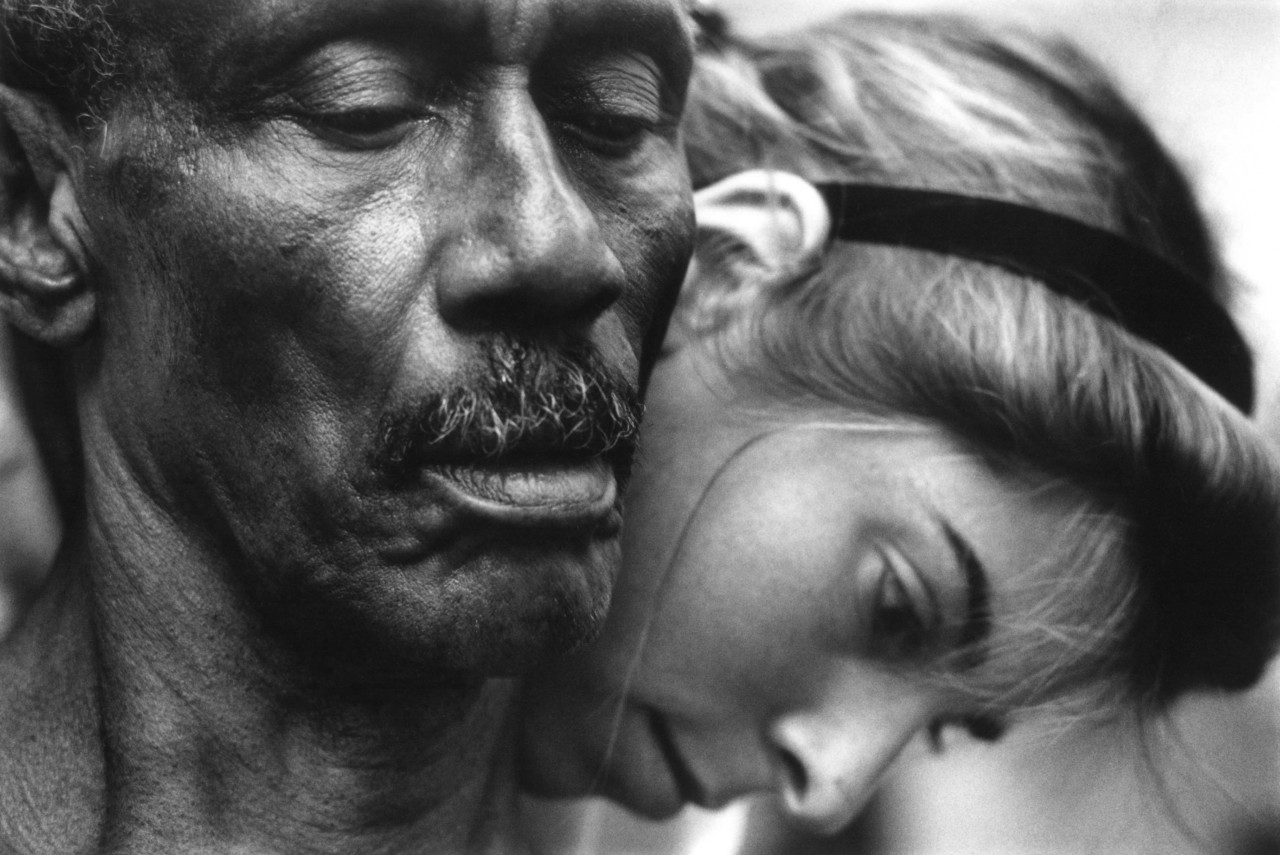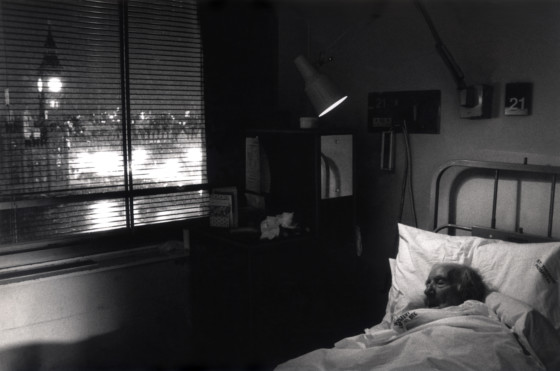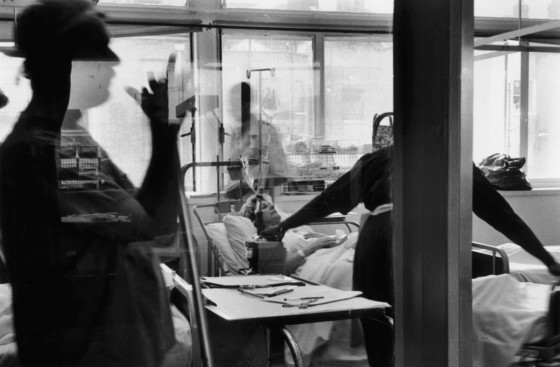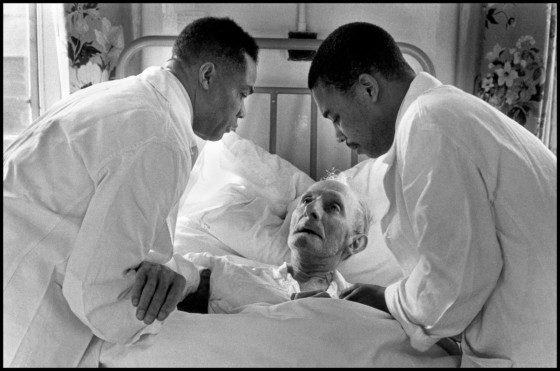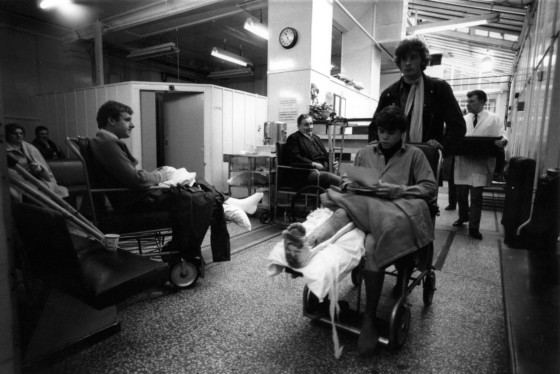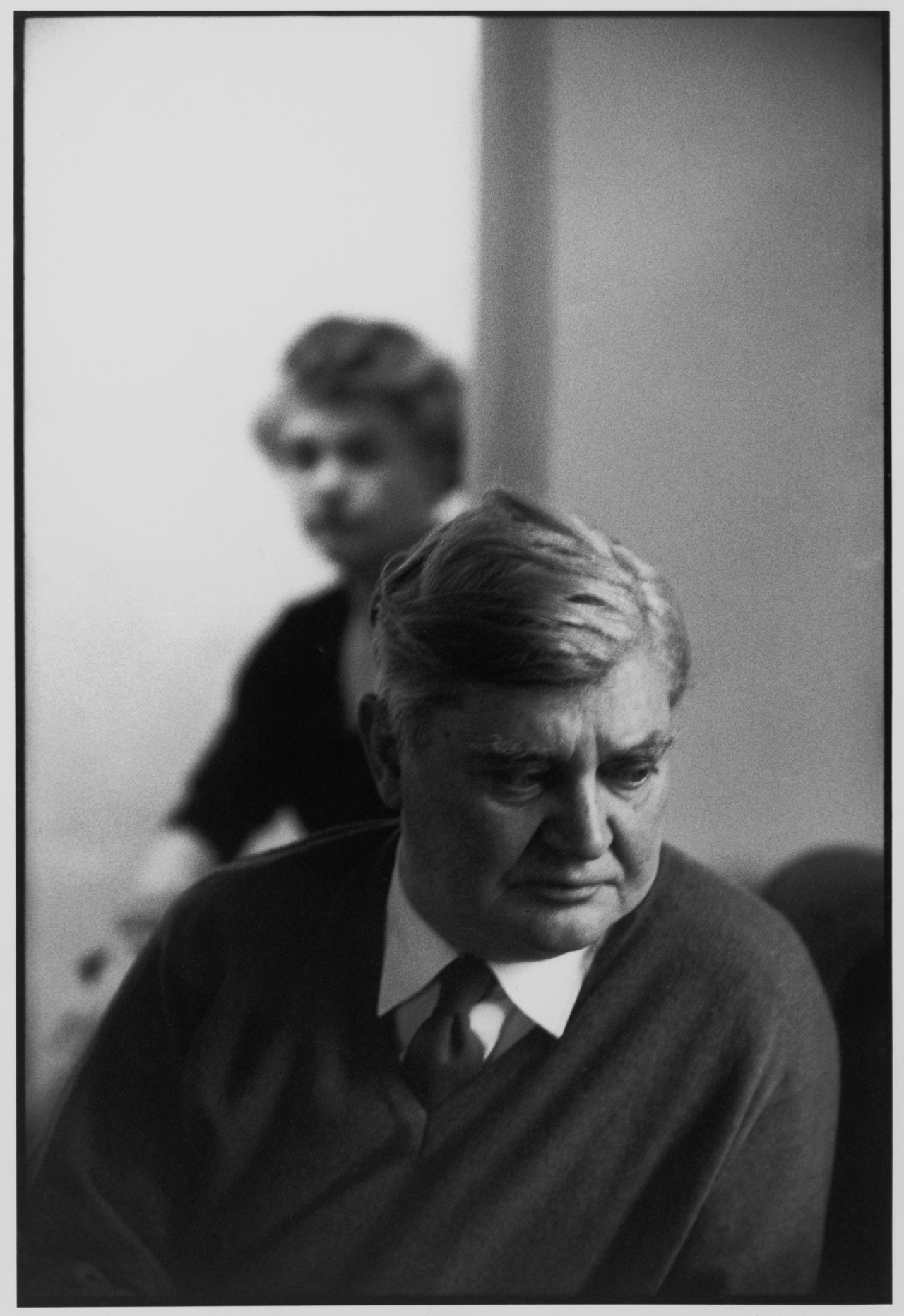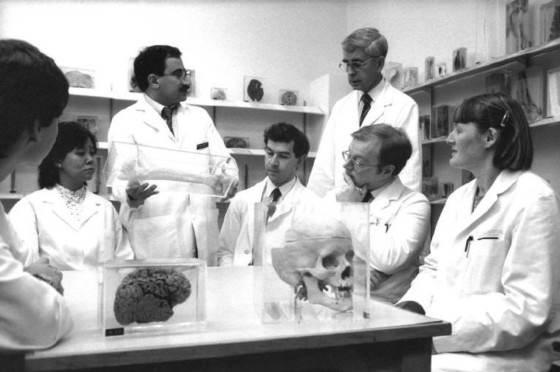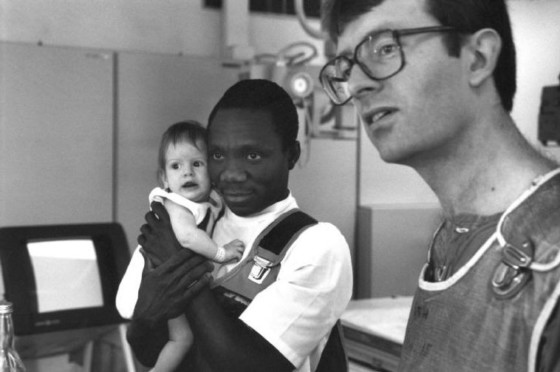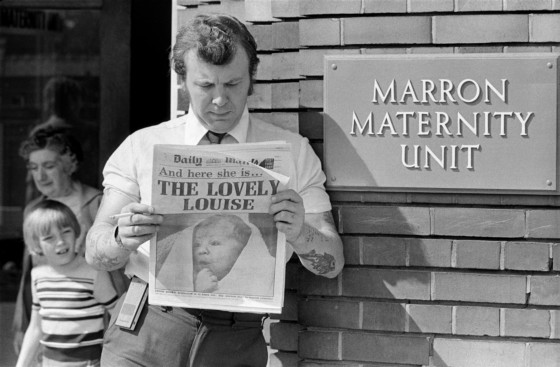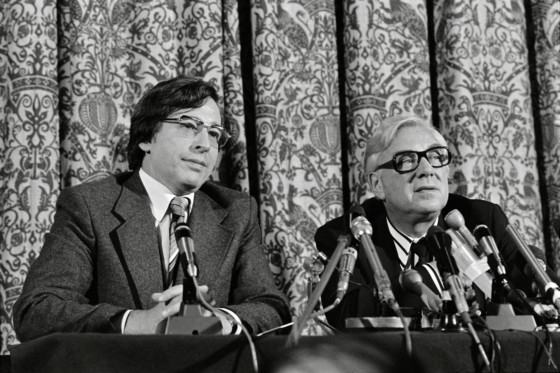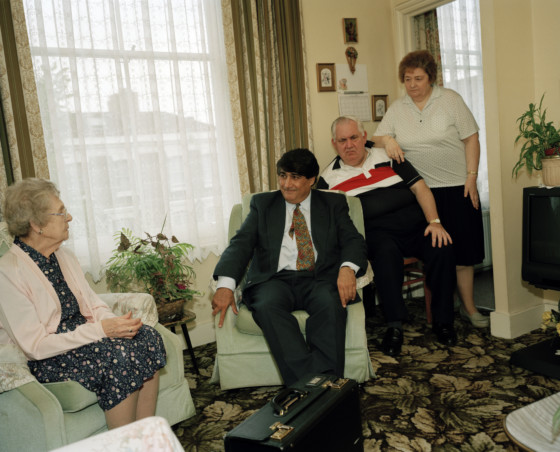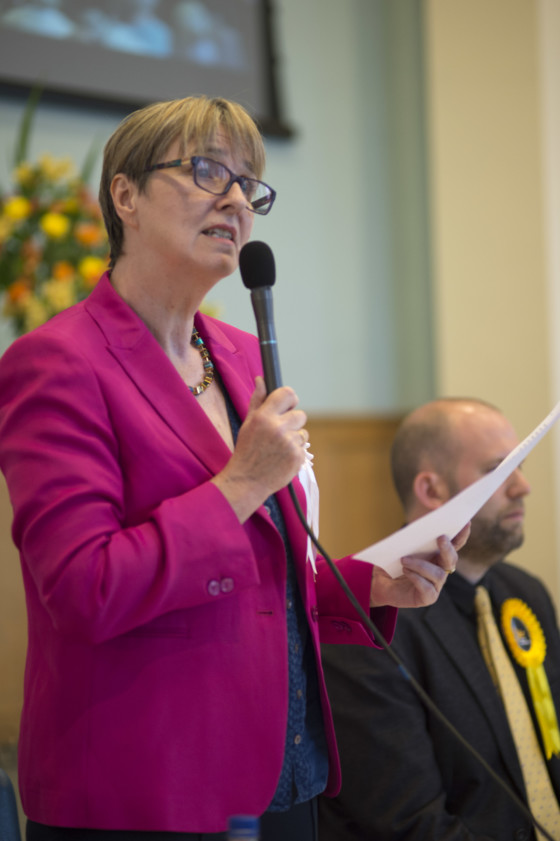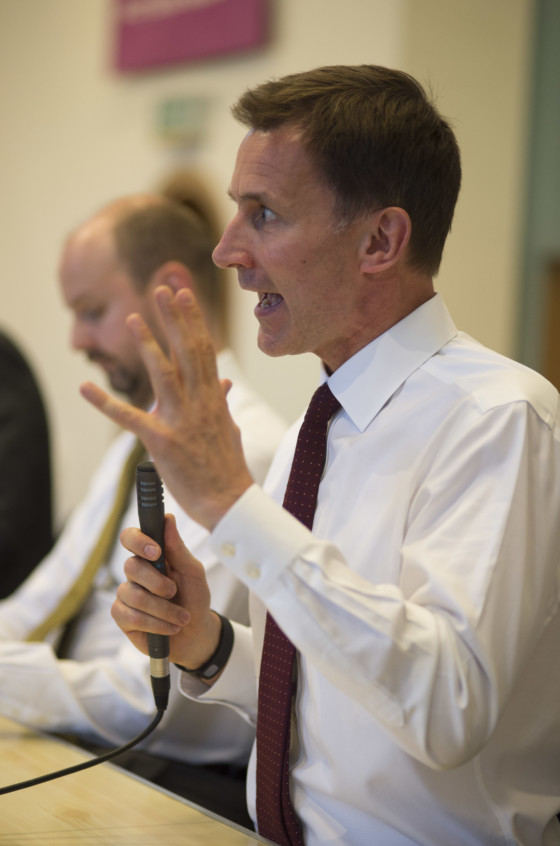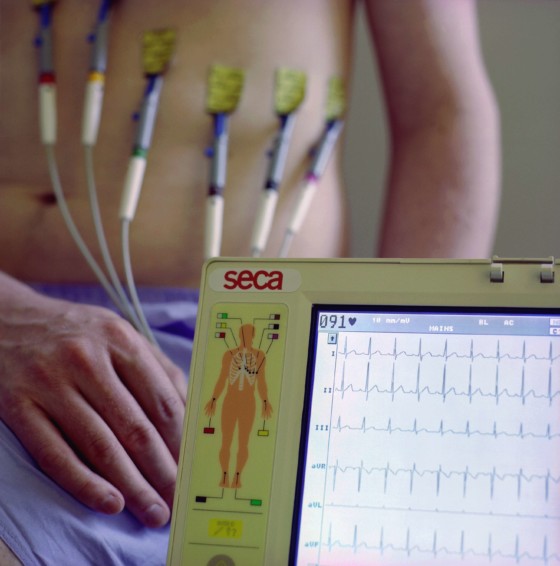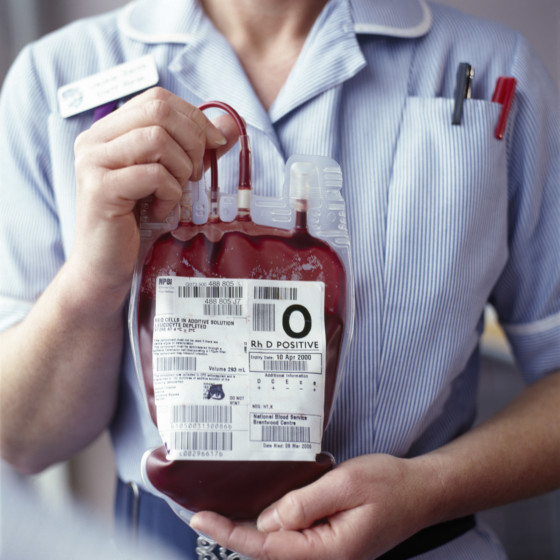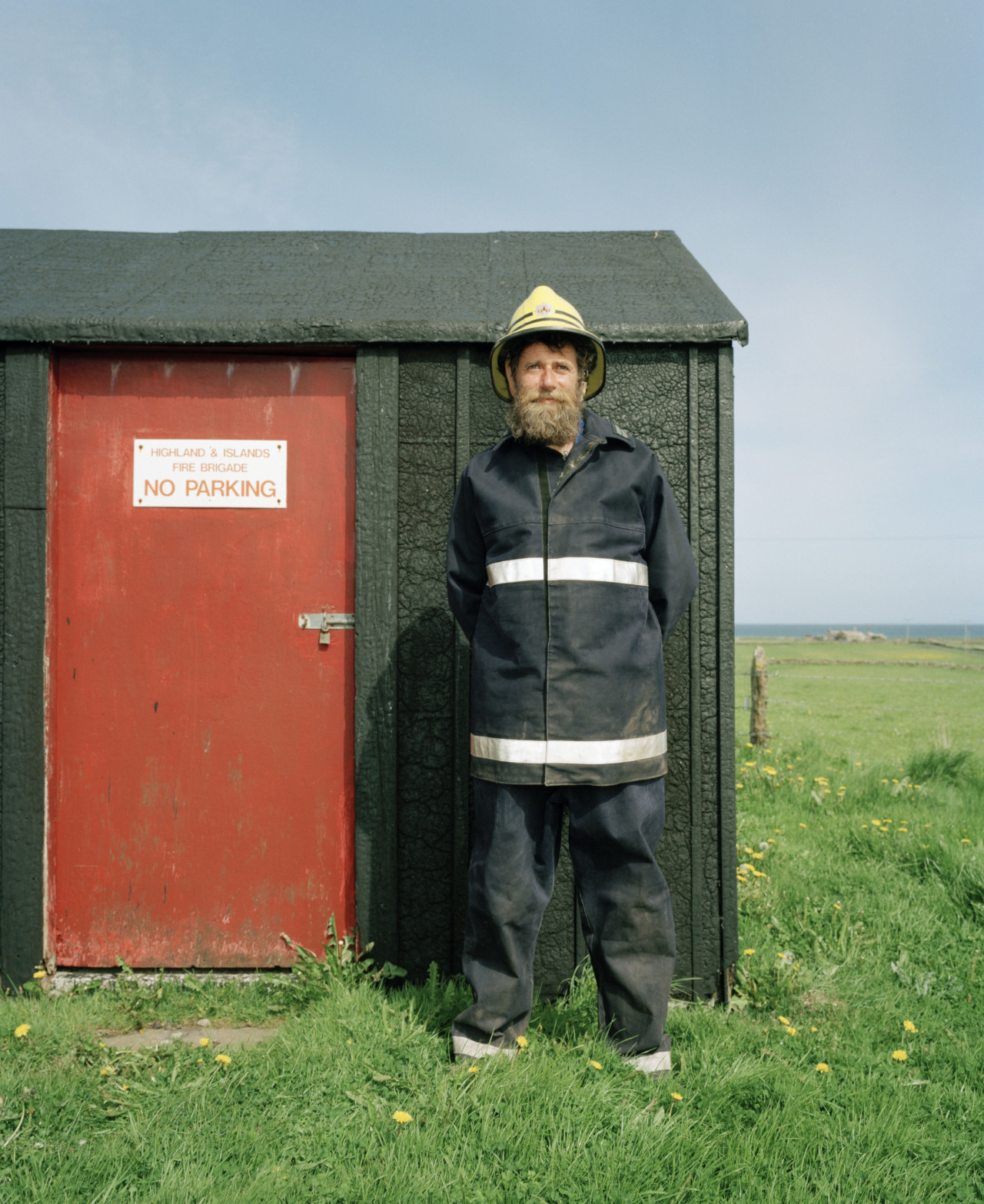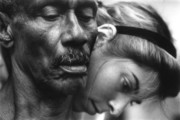70 Years of the British National Health Service
Tom Moberly, UK Editor of the British Medical Journal, looks back at the visual legacy of the NHS and reflects on its role in defining the nation's self-identity, and pushing medical science forward
On July 5th 1948, the UK’s National Health Service (NHS) was launched. The new service provided care free at the point of use based on patients’ needs and was to be funded through general taxation, replacing a system in which health care was provided by a patchwork of local and voluntary bodies. These organisations provided care to those who could afford to pay, had contributed to a workplace insurance scheme, or were eligible for free care provided by voluntary organisations.
This existing system had grown out of charitable foundations and Poor Law provisions and it was generally popular, although there were frustrations with it – generally focused on the fragmented nature of the system and the fact that some people had to contribute while others were eligible for free care.
The announcement of an intention to found a national health service was first made by a Conservative health minister in 1944. But it was Aneurin Bevan as Minister for Health who became the face of the Labour government’s plans to create a national health service.
The service proposed by Labour was a core feature of its 1945 general election campaign, it would be available to everyone who needed it and free at the point of use. The Labour Party won the 1945 general election, and formed its first majority government.
At the same time as the NHS was being established in the UK, there were similar efforts in other European countries to establish universal health systems. These were often modelled on an insurance model. In the 1940s, France, Spain, and Italy all established or built on health systems funded by forms of compulsory national health insurance.
"The launch of the NHS “prompted little media fanfare” at the time"
-
Today, photographs of Bevan visiting patients on the day that the UK’s National Health Service was launched are a familiar sight whenever the history of the service is told. But Roberta Bivins, a historian at University of Warwick, says that the launch of the NHS “prompted little media fanfare” at the time. “While some national and local papers carried stories announcing the ‘birth’ of the NHS, few made it front page news, or included pictures,” she says.
The fact that photographs of the first day were not published more prominently at the time was not due to any shortage of images being taken on the day, she points out. “As well as an extraordinary wealth of news photography documenting the day, the Ministry of Works itself generated a substantial visual archive of the new services and their staff,” she says. “These are the photos with which we have now become so familiar via celebrations of key NHS anniversaries.”
During its 70-year lifetime, the NHS has supported some of the most innovative and cutting edge medical research discoveries that have taken place anywhere in the world. This includes work to uncover the causes of some diseases and try to prevent and reduce the prevalence of others. In 1954, Richard Doll established a link between smoking and lung cancer, having studied patients in NHS hospitals in London. In 1958, the NHS launched a programme to vaccinate everyone under the age of 15 against polio and diphtheria, leading to dramatic reductions in cases of both diseases.
"During its 70-year lifetime, the NHS has supported some of the most innovative and cutting edge medical research discoveries that have taken place anywhere in the world"
-
The NHS support for cutting edge developments in medical science also includes technical innovations. In 1960, the first hip replacement was carried out in an NHS hospital, when John Charnley performed the procedure at Wrightington Hospital. Charnley was Knighted in 1977 for his contributions to orthopaedic medicine.
In 1978, the first “test tube baby” was born at Oldham General Hospital. Louise Brown was born on July 25, following the development of a technique for in-vitro fertilization by Patrick Steptoe, a gynaecologist at Oldham General Hospital, and Robert Edwards, a physiologist at Cambridge University.
The NHS has been popular throughout its 70-year history. Although UK governments have repeatedly looked into changing the way the NHS is funded, providing universal health coverage free at the point of delivery has come to be seen as a key British value.
In fact, historian Jennifer Crane says that public passion for the NHS has grown over its lifetime, often in response to threats to close individual services or facilities or as part of campaigns to defend the NHS as a whole.
"Providing universal health coverage free at the point of delivery has come to be seen as a key British value"
-
In recent years such campaigns have included the work of the National Health Action party. At the 2017 General Election campaign, Lewisham GP Louise Irvine, leader of the National Health Action party, stood in the South West Surrey constituency held by health secretary Jeremy Hunt.
Irving drew support from the local Labour, Liberal Democrat and Green parties. The Green Party withdrew their local candidate and local Liberal Democrat and Labour members agreed not to campaign in order to boost her chances, although her campaign was ultimately unsuccessful.
Such is the esteem in which the NHS is held today that Danny Boyle paid tribute to it as a central part of his opening ceremony for the 2012 Olympic Games in London. More than 600 nurses and other healthcare workers took part in the ceremony, which sought to celebrate the NHS’s vision of universal healthcare, provided on the basis of need and free at the point of delivery.
This vision of the NHS has developed in the mind of the public over time. Historian Mathew Thomson has argued that the public has had in fact to “learn” the NHS. When the service launched, it had little branding, used existing infrastructure, and was frequently thought of as an insurance reimbursement scheme, rather than a health service.
CNN has commented that, to many Republican politicians in the US, “a publicly-funded national health system like the NHS is the embodiment of austere, Soviet-era style medical care”. It is true that the UK spends less than the US on healthcare. In fact, per person, the UK spends around half what the US does. And, even leaving aside private healthcare costs, the US government spends more per person than the UK government on healthcare. Yet, the NHS outperforms the US healthcare system in terms of overall outcomes, access, and efficiency. People in the UK achieve a healthy life expectancy, as measured by the World Health Organization, of 71.9 years, compared with 68.5 years in the US.
Over its 70 year history, the media’s portrayal of the service has had a lasting influence – alongside people’s individual experiences of the NHS – on how it is perceived.
The public now has a very definite idea of what the NHS is, and it is deeply proud of it. Images of Aneurin Bevan, Louise Brown, medical researchers, passionate campaigners, and many many others have had a key role play in developing that idea and, to some extent, that pride and affection.


